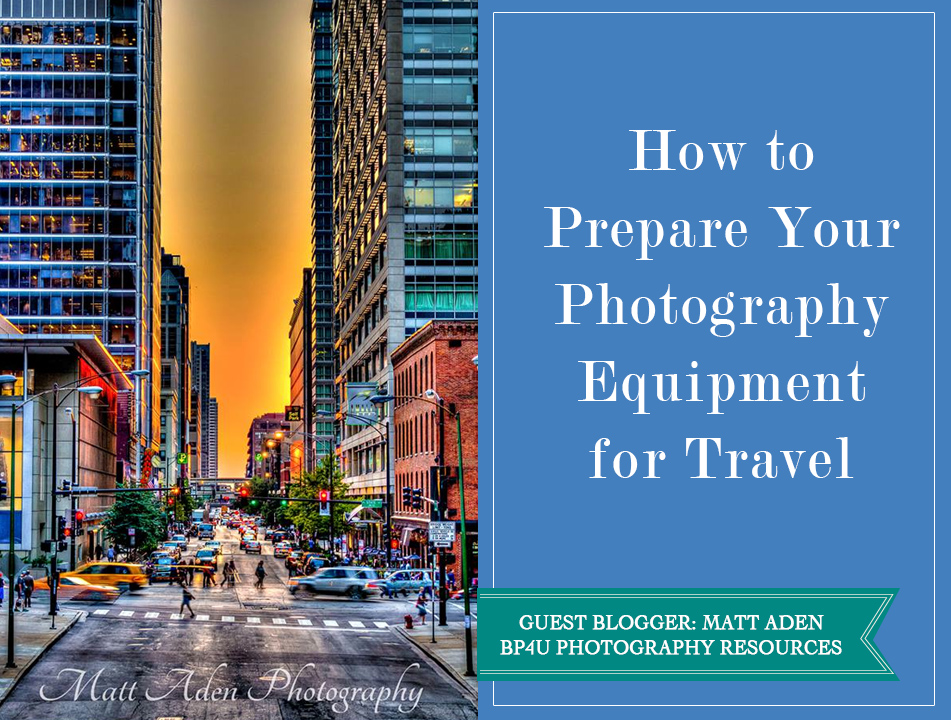With Spring Break on the way (FINALLY), it’s time to start thinking about preparing your equipment for vacation. We are so excited to share with you some great vacation tips from today’s guest blogger, Matt Aden. Here’s a little background information on Matt before we get started.
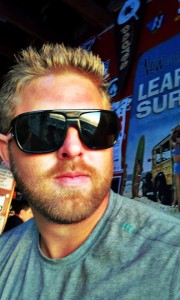
“Originally from Colorado, I graduated from Colorado State University in 2007, with a Bachelors degree in Construction Management. One week after graduation, I was in sunny San Diego. It is one of the most beautiful places in the world and I am lucky to call it home.
I love to surf, skate, take photos, and sit on the beach. There is something strange about the ocean that only a surfer can understand. It changes you. When I’m out in the water, nothing else matters. Not that big meeting I have in the morning or the fact that I missed a deadline. It’s complete bliss, and I LOVE it. Getting crushed in a large shore break by massive waves is pretty exhilarating, too.
Photography has changed my whole outlook on life. I’ve never been more passionate about anything I’ve ever done and I’m waiting for the right opportunity to drop everything and travel the world.”
How should you decide what equipment to take with you on vacation?
When it comes to planning for a vacation one must ask themselves what the purpose of the vacation is. If I am going on a family vacation to relax in a cabin somewhere in the mountains, I’m not typically going to pack my entire camera bag with me.
But if the purpose for traveling is photography, then I take a whole different approach to packing. Since most of my vacations these days are planned around photography, my checked bags look more like a camera store than the latter. In order to be prepared for every possible situation, I find myself bringing all of my gear. Being unprepared for any situation on the road leaves me wondering for months, if not years, after about missing a shot. Better be safe than sorry.
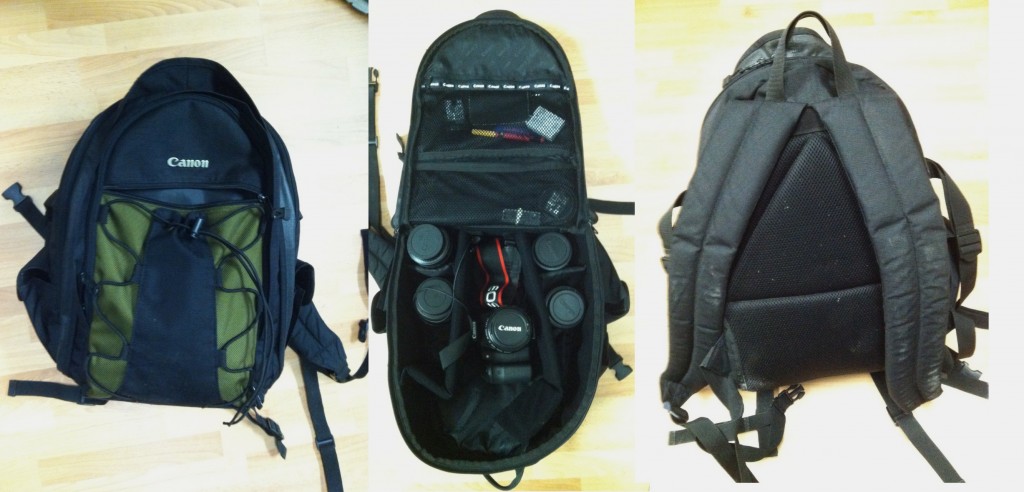
How do you pack your gear for the trip?
Two main items come in to play when I am packing for a vacation. A backpack and my pelican case. Since I tend to do a lot of hiking/walking on vacation, having a good backpack that doesn’t get in the way is very important to me. The pelican case is a hard case, that has a spot for a pad lock. It provides some serious peace of mind with regards to checking a bag full of camera gear.
Do I need to take any special precautions when shooting on a beach around all this sand and water?
I spend the majority of my time shooting on or around the beach. Simply being mindful of your surroundings is very important. Don’t ever set your camera down in the sand and replacing your lens cap promptly after shooting will keep your lens safe. One thing that I learned the hard way is, if it is windy on the beach, try to avoid changing your lens at all costs. Dust and sand will get into your camera body and it is a nightmare getting it all out.
Also, if you are shooting with a tripod, and the legs touch the salt water (I’m sometimes up to my waist in salt water) it is a good idea to wash it off with fresh water when you get home and leave the legs extended to dry. Other wise the salt will clog up the legs and rust any metal parts. I go through 2-3 cheap tripods a year because of this.
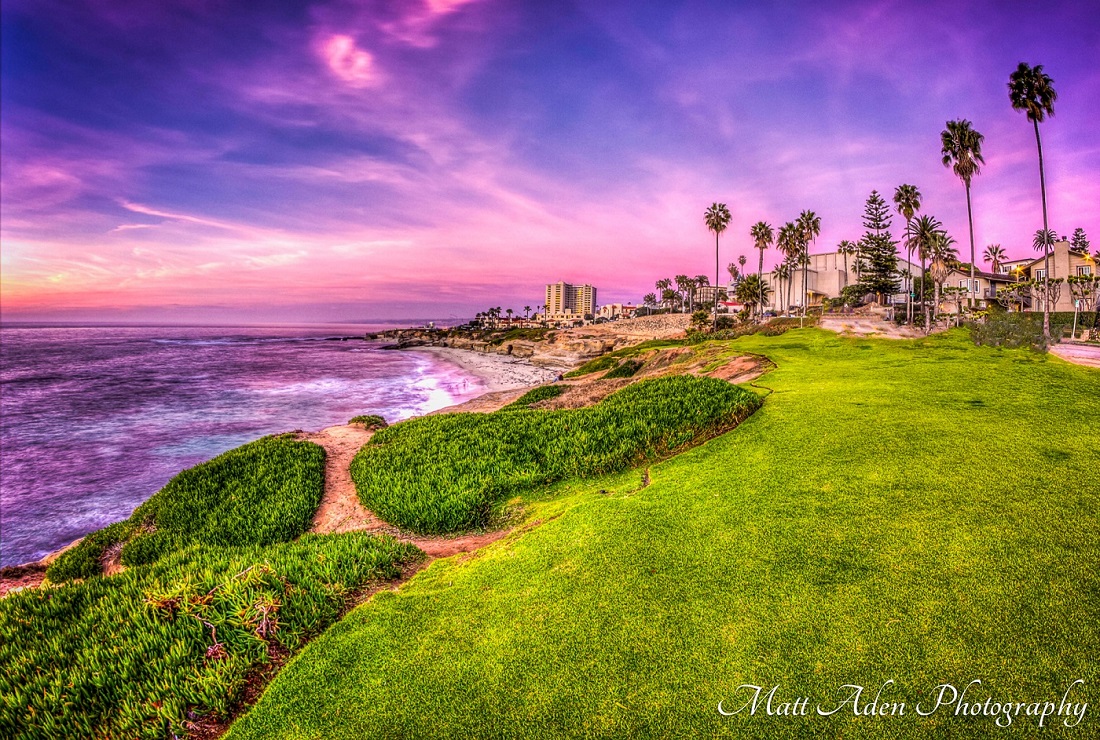
As a photographer, I want to be in the photos, but am worried about handing off my camera to a stranger to take photos of my family. What should I do?
I never hand off my camera to a stranger. It’s too much liability and I can’t handle the anxiety. Instead, bring along a tripod, set up the shot and change the camera settings to timer (the button on your camera that looks like a clock). Push the button, step back and take the photo without anyone ever having to touch your camera.
If you don’t have a tripod and/or you don’t feel like lugging it around, a good alternative is to throw a plastic bag full of sand/corn/rice into your camera bag. The malleability of the bag will conform to most any surface and provide a solid surface to set your camera on top of.
How many SD/flash cards do you think I need for a 7 day trip?
I think this is personal preference. Everyone knows how much they tend to shoot when they go out. Over the years I have acquired hundreds of gigabytes of SD cards. I take them everywhere with me. Just like packing, it is better safe than sorry. One good practice if your card is filling up, is to simply run through it on the LCD screen and delete ones that you know are trash.
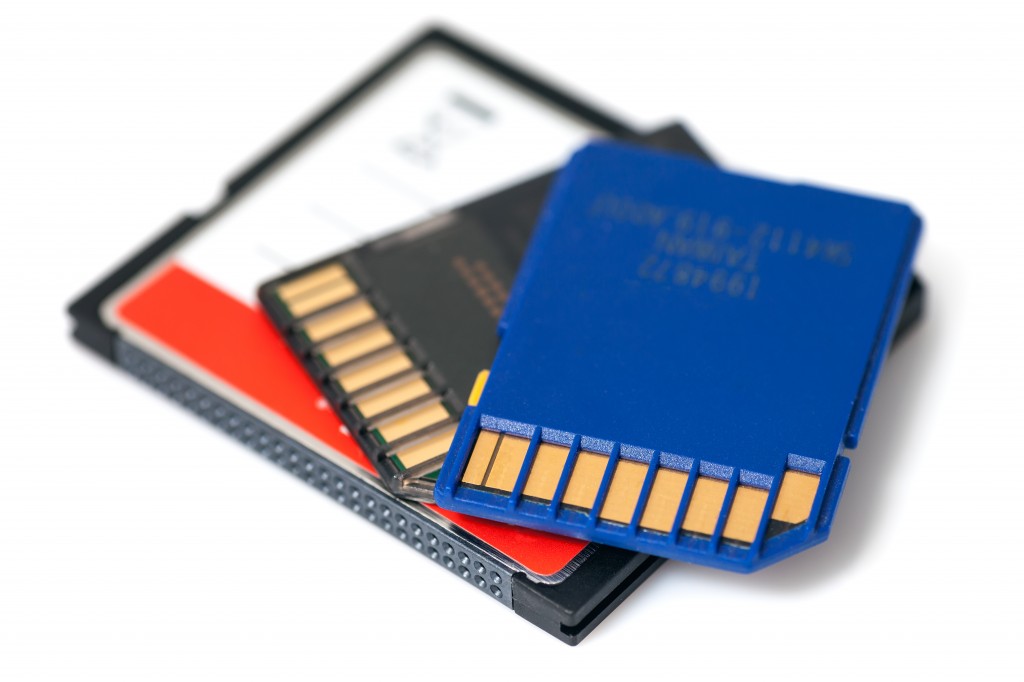
If I can only take one lens – what lens should it be?
If I am planning on shooting landscapes (which I usually am) my go to lens is my wide angle. They are so versatile and I find myself shooting with it 75% of the time anyway. I also never leave home with the 50mm f/1.4 either.
What’s your best advice on overshooting to avoid the dread of having to cull and edit an abundance of vacation photos?
I overshoot constantly. Instead of worrying about overshooting, I have learned how to streamline my post processing techniques, as well as being very selective with the photos I decide to keep. If I go out and shoot 100 photos, typically I’m only going to keep 5-10 of them. And post /sell 1 or 2.

What are your 5 best tips on taking amazing vacation photos?
1. Do your research. For months leading up to a vacation I spend countless hours researching and looking at other photographers’ work.
2. Don’t be afraid to rent a car. A lot of times the best photos are going to be far off the beaten path, or places where a cab simply does not want to take you. Not to mention, they definitely don’t want to wait for the light to be right.
3. Ask the locals. Don’t be afraid to ask the locals where they think is the most beautiful places are. They live there and they know it. Locals are your best tools.
4. Acclimate your camera equipment. If you are coming from a cool, dry place to a hot and humid location, your camera is going to feel it just as much as you are. Don’t keep your camera inside your nice cool air conditioned room and expect to take it straight out into the 100-degree, 100% humidity air and expect it to work properly. Your camera needs to be the same temperature as the environment you’re going to shoot in. Throw it in a large plastic bag (optional) and place it on the balcony of your hotel. After 20-30 minutes your camera should be good to go.
5. Don’t be afraid to get up early and beat the crowds. The early bird gets the worm. For example, I snapped this photo last year at ‘The Bean’ in Chicago at 5:30 a.m. I was the only one around. The same spot at noon is FULL of tourists.
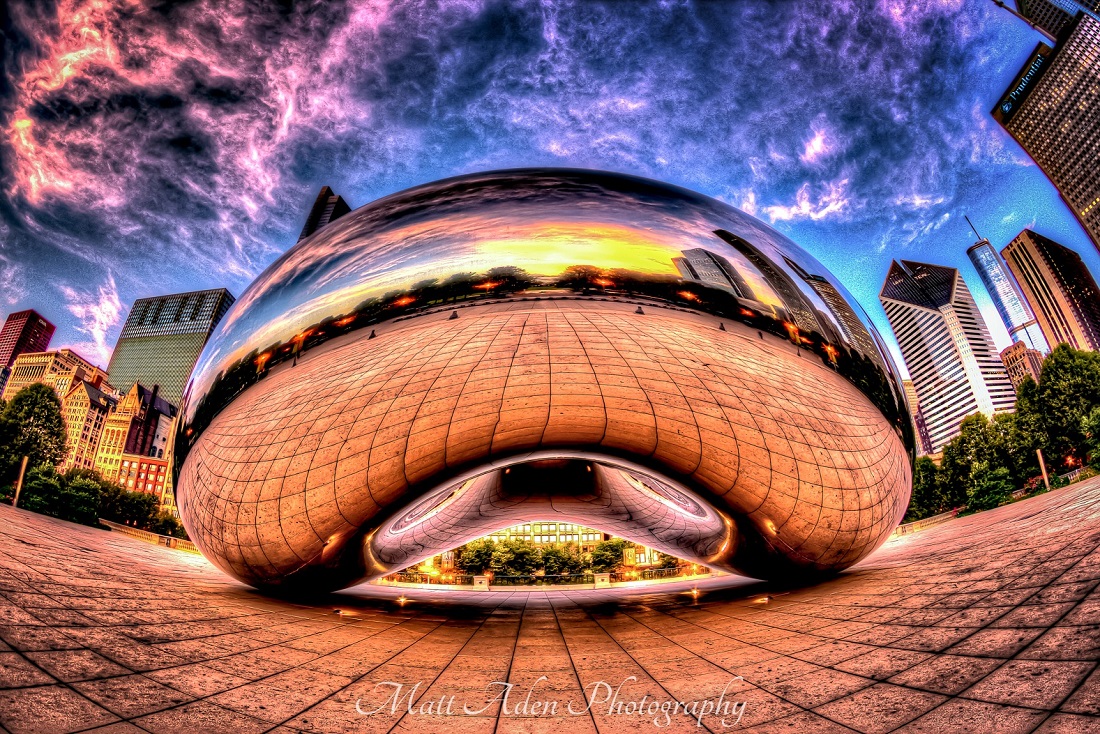
To see more of Matt’s work:

